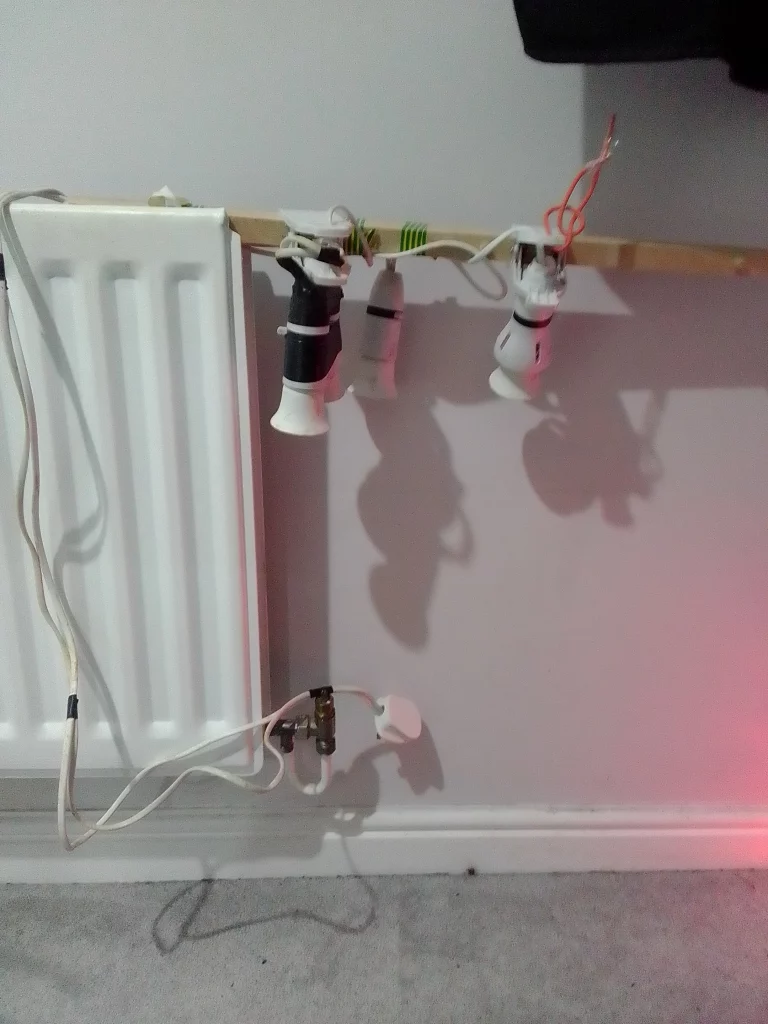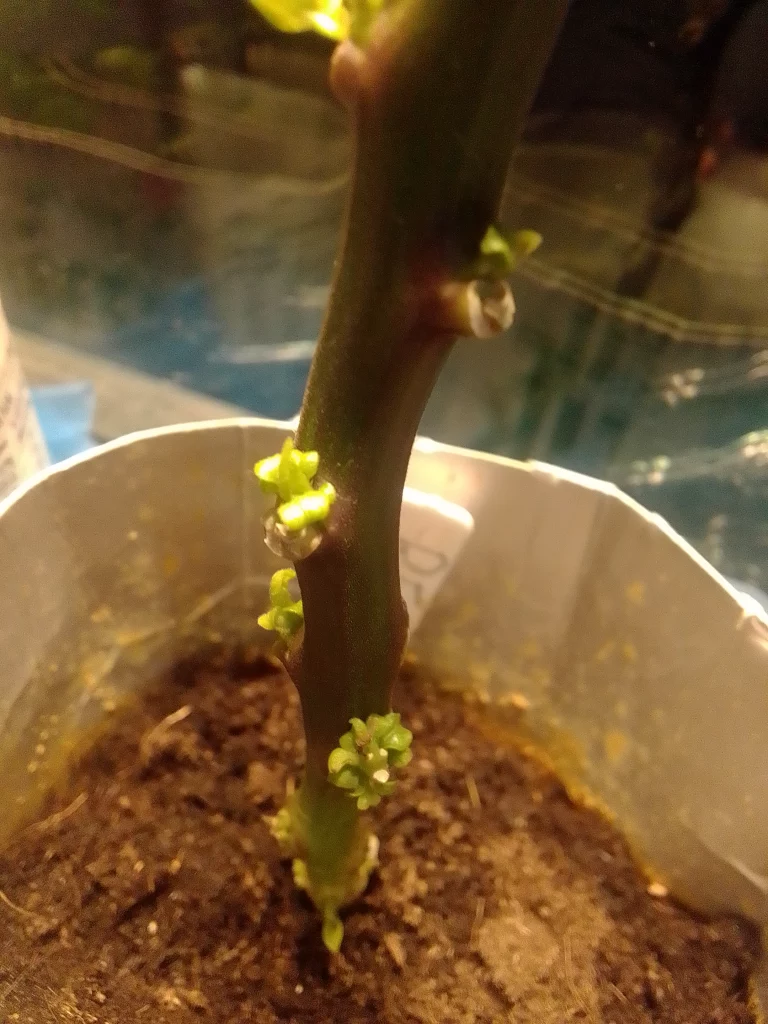

If you’re growing plants for profit, ensuring they receive the right type and amount of light is crucial. Healthy plants grow faster, produce better yields, and are more resistant to disease. Investing in a commercial grow light system can be expensive, but a DIY grow light LED offers a cost-effective and efficient alternative. In this guide, we’ll walk you through the process of building a simple, budget-friendly DIY pendant grow light using easy-to-find materials.
Why Grow Lights Are Essential for Plant Growth
Light is one of the most important factors in plant development. Without proper lighting, plants can become weak, leggy, or fail to grow at all. The right grow light will:
- Enhance Photosynthesis – Providing the necessary wavelengths for healthy growth.
- Support Stronger Seedlings – Prevents plants from stretching and becoming weak.
- Improve Yield and Quality – Essential for fruiting and flowering plants.
By building your own DIY grow light LED, you control the intensity, spectrum, and placement while saving money.

Materials You’ll Need
Before you begin, gather the following items:
- Wooden frame materials (small wooden planks or PVC pipes for structure)
- Bayonet pendant lamp holders
- Junction box
- Connector blocks
- Mains cable
- LED bulbs (bayonet cap, high-brightness)
- Chains (optional, for adjustable height)
- Basic tools (screwdriver, wire cutter, drill, screws, tape measure, etc.)
Most of these materials can be found at hardware stores, dollar stores, or online marketplaces for a fraction of the cost of commercial grow lights.
Step 1: Build a Simple Wooden Frame
The frame will support your lights and ensure proper spacing. Depending on your setup, consider these options:
Adjustable Height Frame
If you want to control light intensity, build a frame that is slightly shorter than your growing space. This allows you to lower or raise the lights as needed to increase or decrease brightness.
Fixed Placement Frame
If you prefer a more permanent setup, make the frame slightly larger so it rests on top of your grow tent or designated grow area.
Use screws or brackets to secure the frame, ensuring it’s sturdy and stable.
Step 2: Install the Lamp Holders and Wiring
- Attach the Junction Box – Secure it to the frame where all wiring will be connected.
- Fix the Lamp Holders – Space them evenly to ensure uniform light distribution.
- Wire the Holders – Connect all pendant lamp holders back to the junction box.
- Use a Connector Block – Common all live and neutral wires together.
- Attach the Mains Cable – Connect it to a nearby power socket, ensuring it is safely secured.
- Test the Wiring – Before proceeding, double-check all connections and test to ensure proper function.
Step 3: Choose the Best LED Bulbs
For the most energy-efficient and cost-effective option, use LED bulbs. Here’s how to choose the right ones:
- Go to a budget store (Dollar Tree, Poundland, or a discount hardware shop) and look for the brightest bayonet cap LED bulbs available.
- Mix color temperatures – Cool white (6500K) mimics daylight, while warm white (2700K) helps with flowering.
- Remove diffusers – This increases brightness by allowing more direct light exposure.
By using store-bought LED bulbs, you save money while still providing effective lighting for your plants.
Step 4: Assemble and Adjust Your DIY Pendant Grow Light
Now that your grow light is ready, it’s time to set it up:
✅ Position it properly – Whether hanging or fixed, ensure even light distribution. ✅ Use chains for adjustable height – Raising or lowering the light helps control intensity. ✅ Monitor plant growth – If plants appear leggy, move the lights closer. ✅ Set a light schedule – Most plants thrive on 16 hours of light and 8 hours of darkness.
Step 5: Troubleshooting and Optimizing Your DIY Grow Light LED
If you encounter issues, try these solutions:
- Low light output? Check that all bulbs are securely fitted and remove diffusers.
- Overheating? Ensure bulbs have proper airflow and don’t touch flammable surfaces.
- Uneven growth? Adjust spacing or add reflectors (aluminum foil works well!).
- Electric issues? Double-check all wiring connections for safety.
Cost Comparison: DIY vs. Commercial Grow Lights
| Feature | DIY Grow Light LED | Commercial Grow Light |
|---|---|---|
| Cost | £/$ 15-$50 | £/$ 100-$500 |
| Customizable? | Yes | Limited |
| Energy-Efficient? | Yes (LED bulbs) | Varies |
| Easy to Repair? | Yes | No (often requires replacements) |
Building your own DIY pendant grow light saves you money while offering flexibility and efficiency.
Final Thoughts
A DIY grow light LED is an excellent way to create a cost-effective, energy-efficient, and customizable lighting system for your plants. Whether you’re growing for profit or personal use, this setup ensures strong, healthy plant growth without breaking the bank.
By following these steps, you now have a fully functional, budget-friendly DIY pendant grow light system. Try it out, experiment with different light placements, and watch your plants thrive!


Leave a Reply